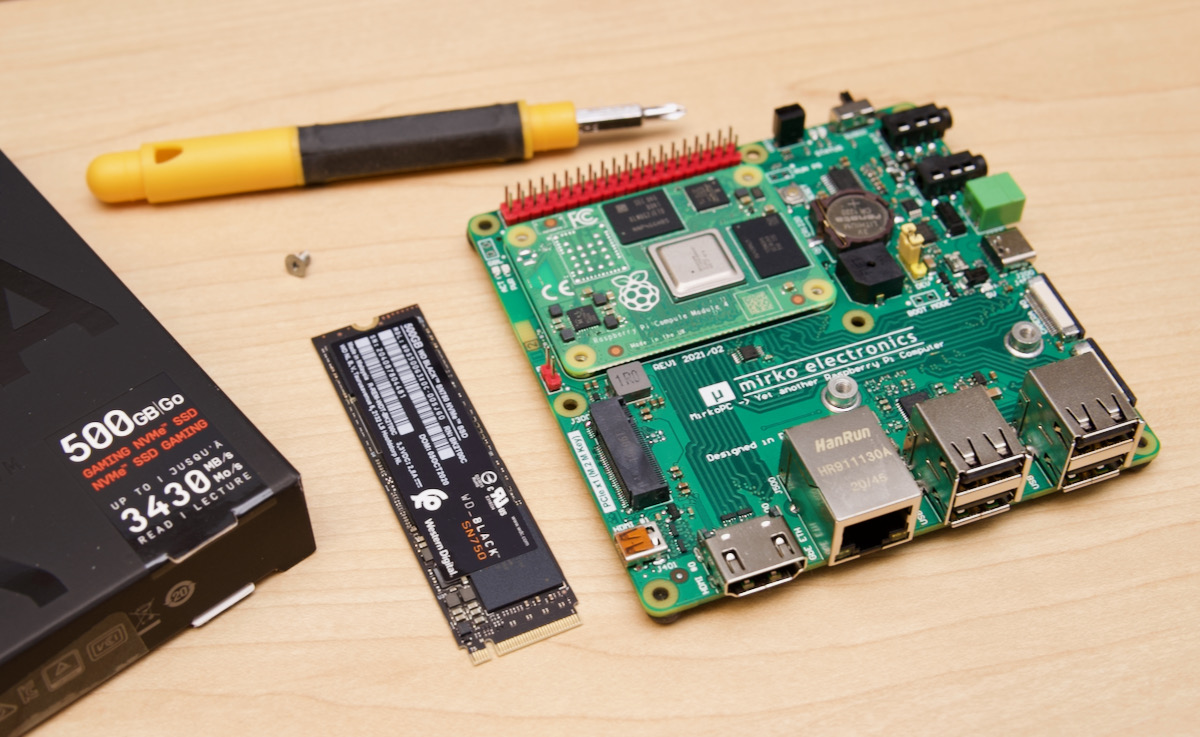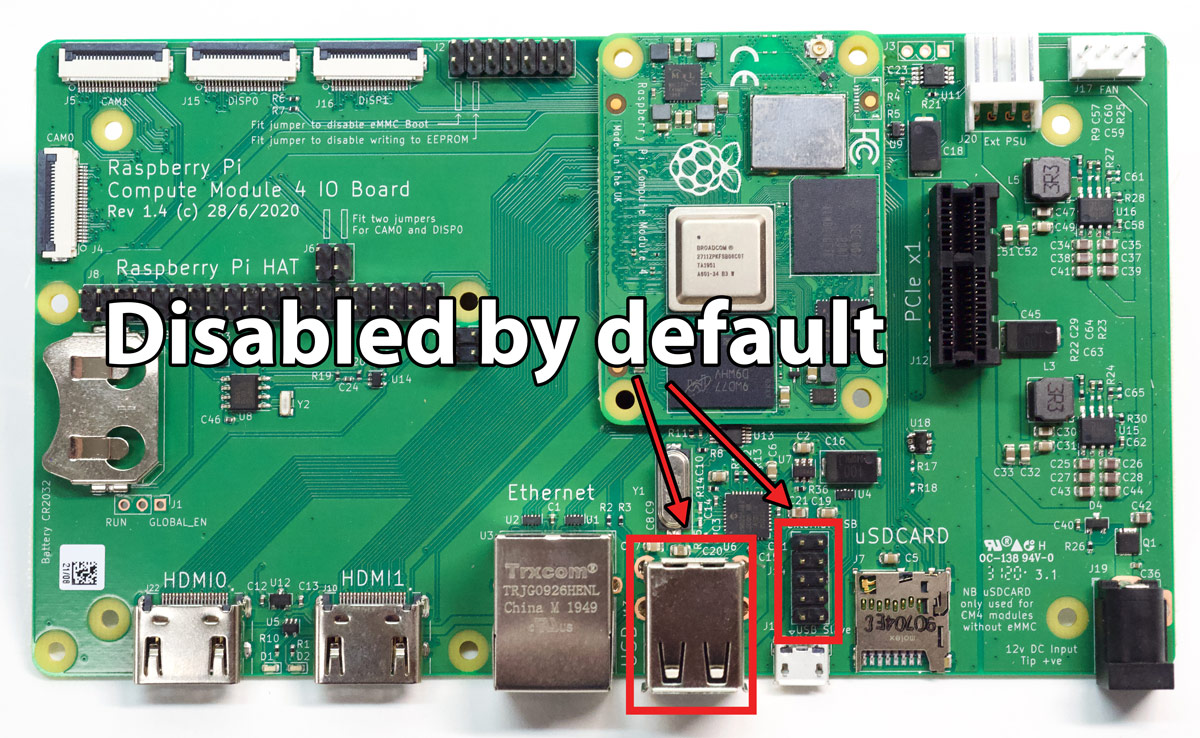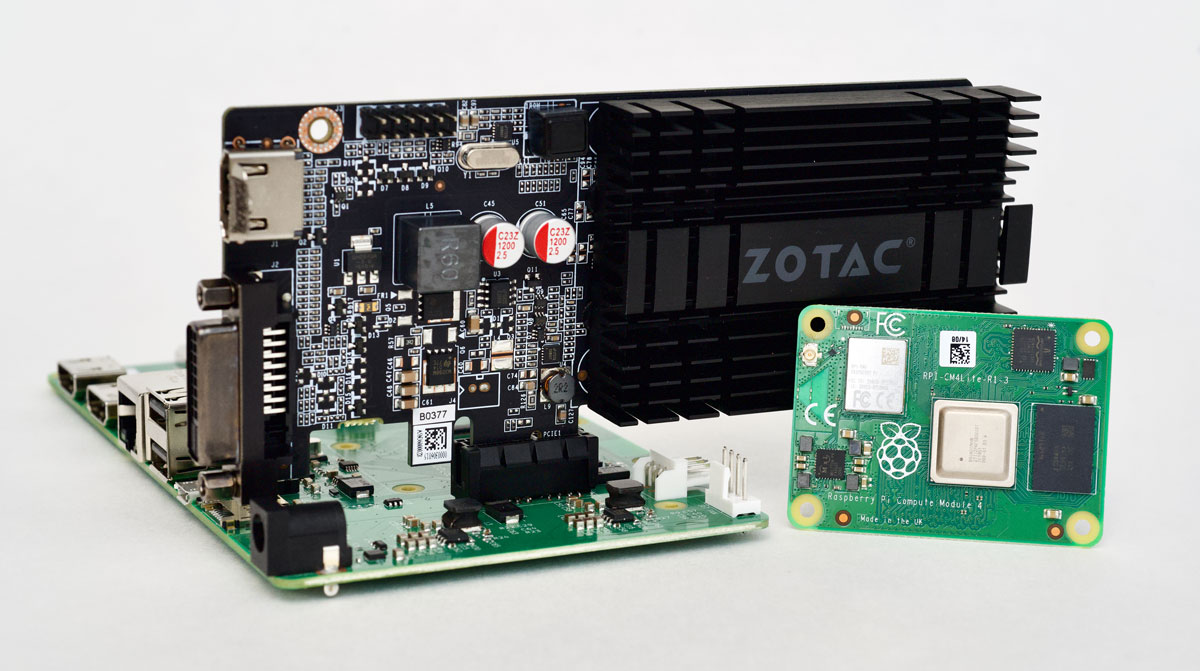The Raspberry Pi can boot off NVMe SSDs now
When the Compute Module 4 was released (see my CM4 review here), I asked the Pi Foundation engineers when we might be able to boot off NVMe storage, since it was trivially easy to use with the exposed PCIe x1 lane on the CM4 IO Board.
The initial response in October 2020 was "we'll see". Luckily, after more people started asking about it, beta support was added for direct NVMe boot just a couple weeks ago.








